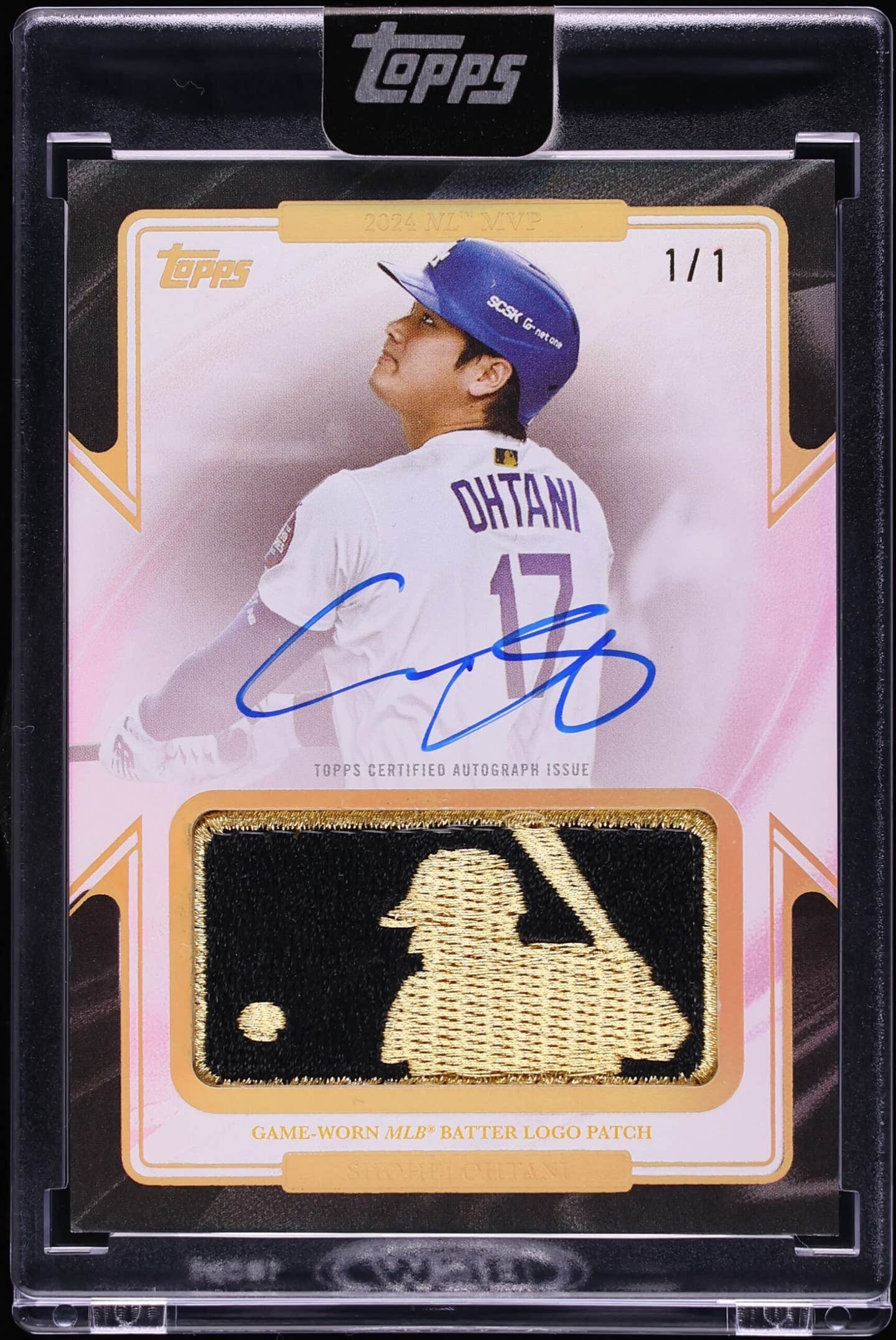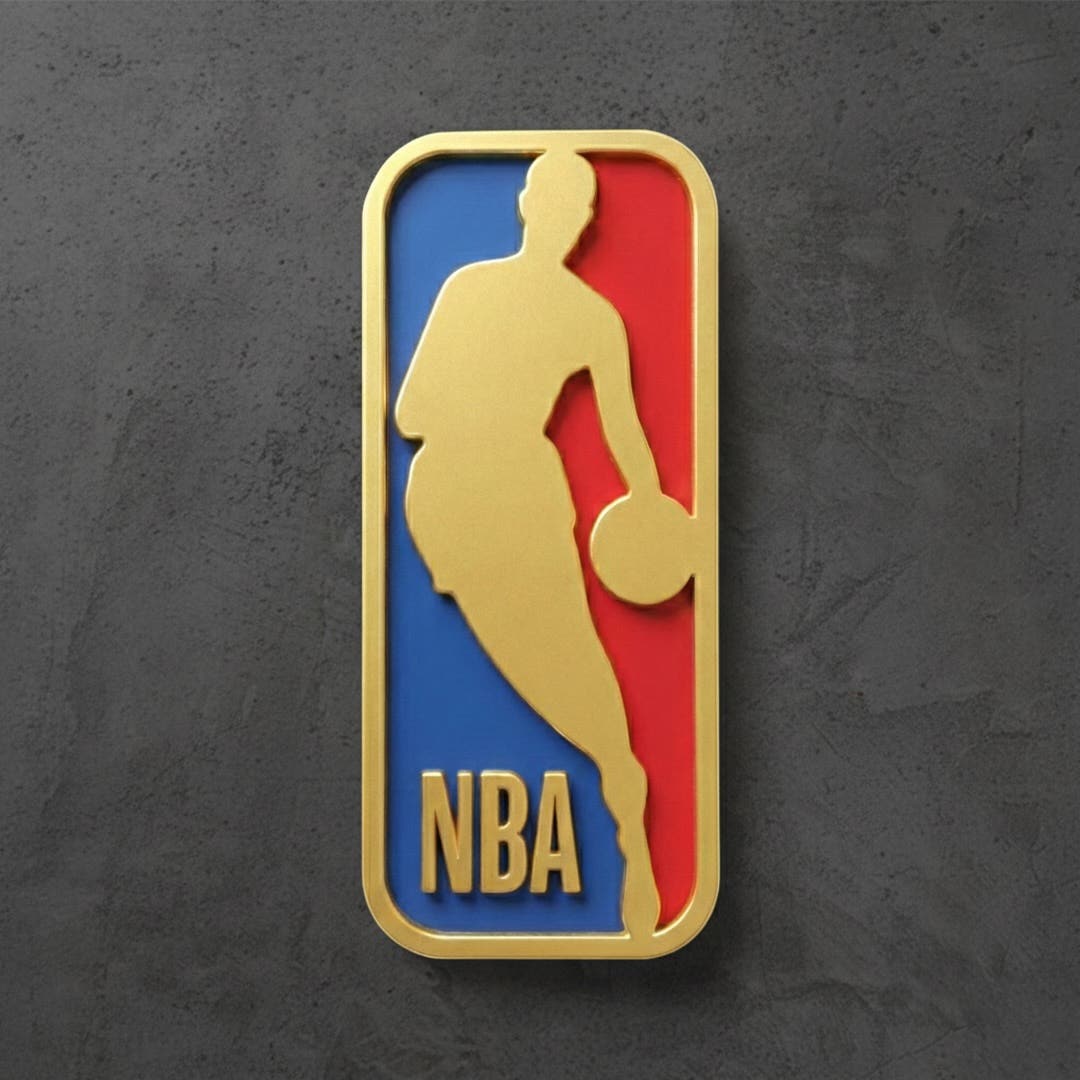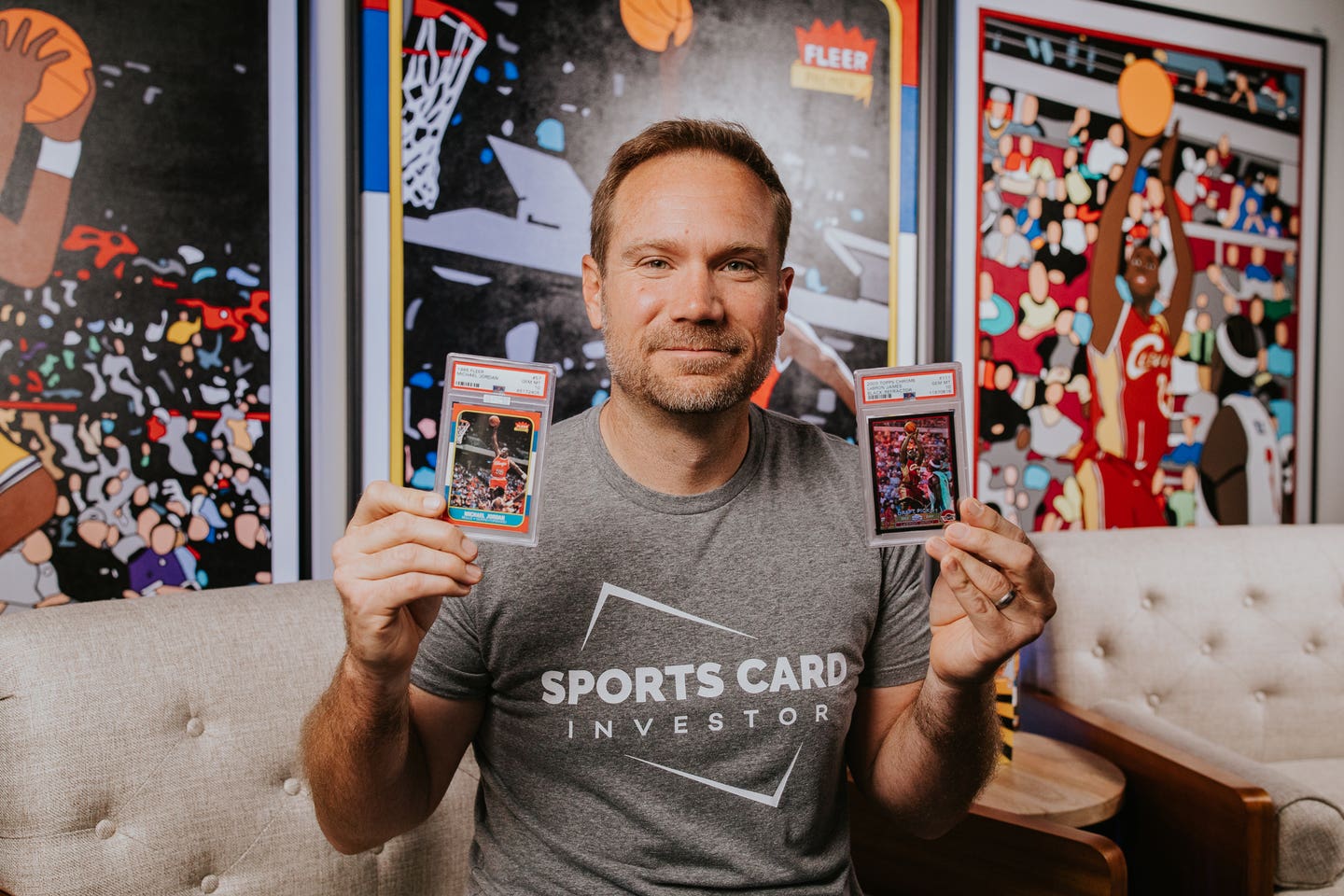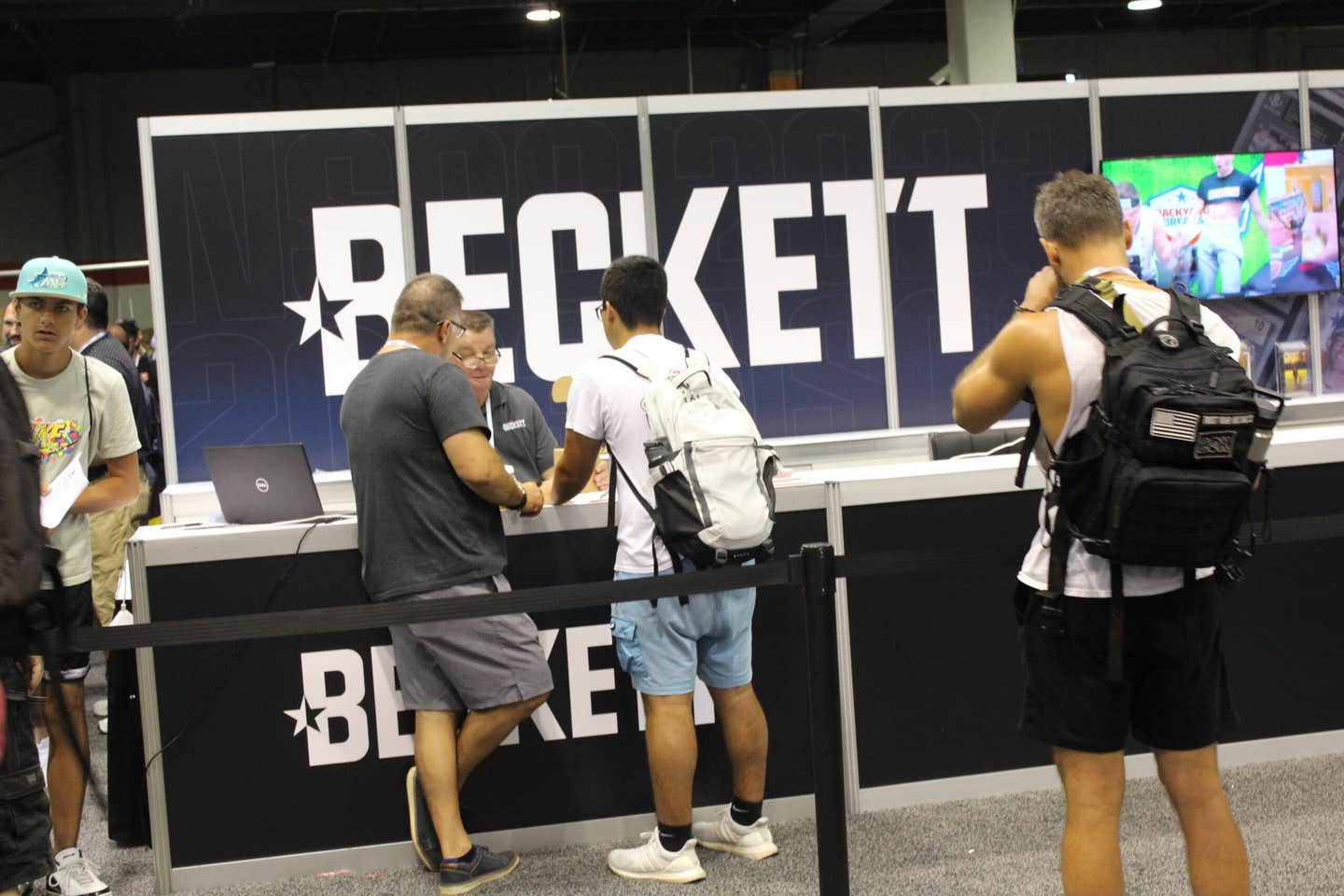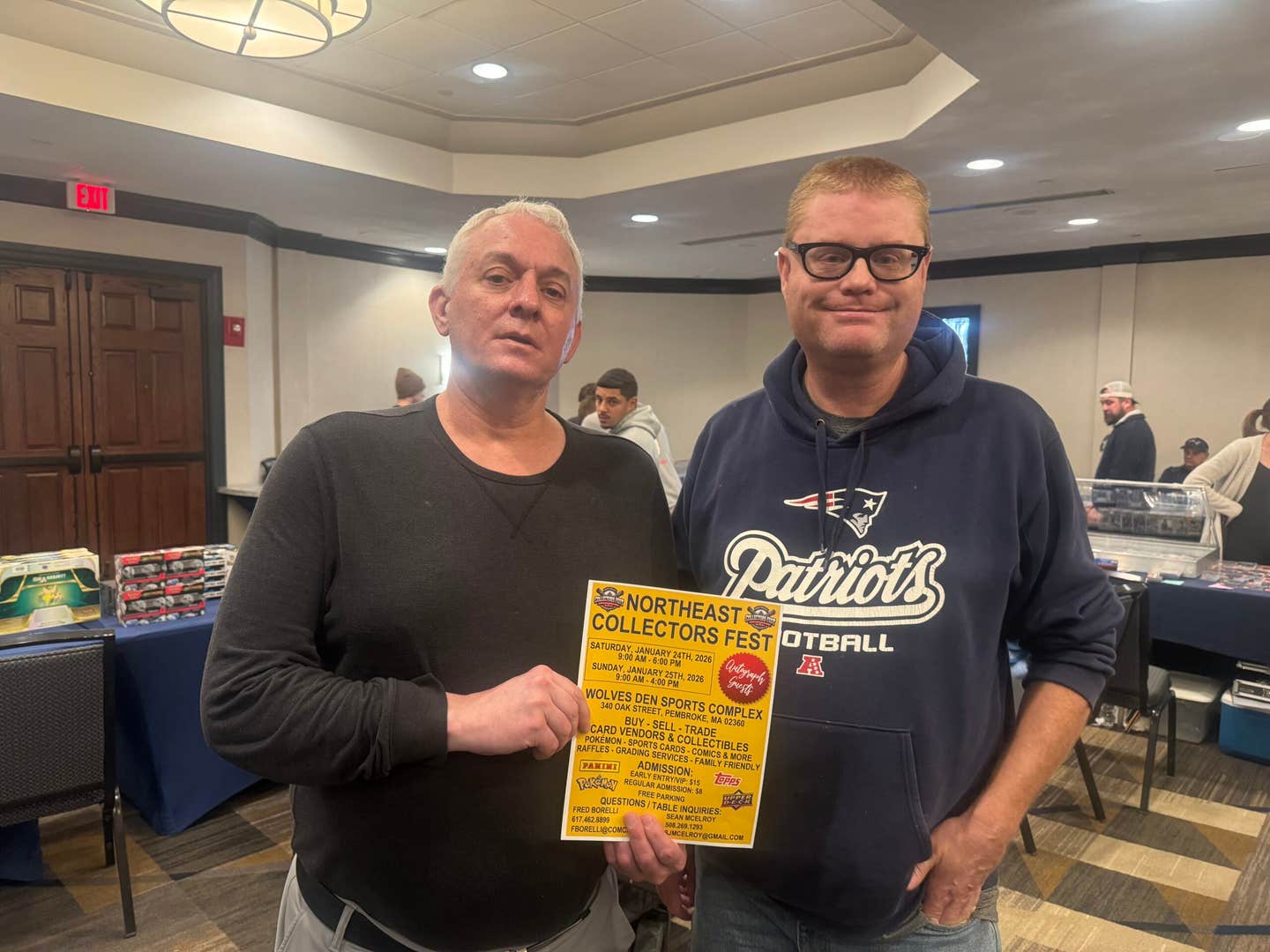News
Now Open at the HOF: ‘Diamond Mines’
By Paul Post
Memorabilia lovers have another good reason to visit Cooperstown this year with the opening of “Diamond Mines,” a new exhibit at the Baseball Hall of Fame that pays homage to the game’s most unsung heroes, its scouts who scour small towns and big cities in search of talent to supply big league rosters.
The display includes scouts’ tools of the trade such as radar guns and stopwatches and the Society for American Baseball Research (SABR) has provided data linking more than 11,000 current and former major leaguers with the names of their signing or recommending scout, the first time this information has been available for the general public.
The SABR Scouts Committee’s relational database includes a registry of more than 7,000 professional baseball scouts.
“There’s absolutely no way that a general manager can get out and see every professional and every amateur player, so he has to have scouts that he can trust, that he has confidence in,” said Pat Gillick, a Hall of Fame and three-time World Series-winning general manager. “They are vital to an organization because they are a lifeline that feeds the talent from the high school level or the collegiate level to the major leagues.”
Gillick headlined the exhibit’s opening with long-time baseball executive and 2011 Buck O’Neil Award winner Roland Hemond, Texas Rangers scout and senior special adviser Don Welke, Miami Marlins Vice President of Player Personnel Dan Jennings and Roberta Mazur, director of the Scout of the Year Program that funded “Diamond Mines” for its initial two-year run at the Hall of Fame.
They each participated in a “Voices of the Game” roundtable discussion at the Hall of Fame’s Grandstand Theater.
Most important, nearly 100 scouts, representing 20 big league clubs, attended the festivities.
“I am thrilled and elated to see all of the scouts that are here,” Mazur said. “I can’t tell you how long this has taken and how thrilled I am to be here sitting in front of all of you today. I believe that the presence of ‘Diamond Mines’ will add to the scouting profession in a very positive way, where they now have their place in the history of baseball.”
Unlike players, managers, owners, umpires and even broadcasters and writers, there is no Hall of Fame award for scouts, yet in many ways they form the backbone of the game.
“Sometimes we make trades without having seen players, so you have to be able to trust and put faith in scouts,” said Hemond, a current Diamondbacks executive and former Orioles and White Sox general manager. “They project what talent will someday become.”
Hemond said he’s pleased to see that scouts are finally getting some of the long overdue recognition they deserve. “There have been so many people that have supported scouts in various ways – but now this is the culmination of it all,” he said.
He was a close friend of the late Ralph DiLullo, of Paterson, N.J., who spent decades scouring the Northeast for the Chicago Cubs and Major League Scouting Bureau. DiLullo’s most prominent signing was Hall of Famer Bruce Sutter, whom he discovered on a Pennsylvania sandlot. “A scout is a youngster’s best friend, and ours,” Hemond said. “If you don’t have guys like that to dig them out, a lot of guys would never get a chance.”
The exhibit recognizes all Scout of the Year Award winners, an honor given by the Scout of the Year Foundation since 1984.
The two-day celebration began May 3 with a media session for special guests and continued May 4, with the official dedication and a day full of activities, including a “Behind the Exhibit” event with “Diamond Mines” curator John Odell and scout Jim Martz, who donated dozens of scouting reports for the exhibit and online database from his tenure with the Atlanta Braves, Baltimore Orioles, California Angels and the Major League Scouting Bureau.
A scout can make or break a kid’s career depending on the reports they file about him. Obviously, there are “can’t miss” prospects that every scout wishes he could sign.
Then again, some low-round draft picks or free agent signees wind up as all-time greats. That was the case with Mike Piazza, a 62nd-round draft pick, whom Dodgers General Manager Tommy Lasorda signed as a favor to Piazza’s father.
Of course, Piazza turned out to be one of the greatest offensive catchers in baseball history, and should have a Hall of Fame plaque of his own some day.
Almost every player can recall their first experience with a scout, especially the one who signed them. Former Yankee All-Star second baseman Willie Randolph first noticed scouts paying attention to him during his junior year in high school.
“I was playing sandlot baseball in Brooklyn where I grew up,” he said. “You get some of what they call ‘bird dog’ scouts who come down and check kids out; these guys with their sunglasses, beach chairs and clipboards. They’d leave their little calling cards.”
One man in particular, named Dutch Deutsch of the Pirates, showed particular interest in Randolph. “I was actually signed during a baseball game,” Randolph said. “It was between innings. I remember hitting a single, then my coach saying, ‘This guy’s going to leave town. You don’t want to pass up this opportunity.’ ”
So Randolph ran off the field and caught up with Deutsch right outside the ballpark. “I got in his car, signed a contract. That was it,” he said. “Then I went back and finished playing the game. I think I got a $6,000 bonus. I thought I was rich at the time. But I didn’t care about the money. It was my dream to see if I could realize my potential as a ballplayer.”
After breaking in with the Pirates, Randolph was dealt to New York where he helped the Yankees win back-to-back World Series in 1977 and ’78 during a stellar 18-year big league career.
Through “Diamond Mines,” museum visitors can enter the name of thousands of major league players and search for scouting reports filed on them throughout the years. More than 12,000 scouting reports covering 400 scouts and 4,000 players – more than 42 percent of those who have appeared in the big leagues since 1952 – are available through an Internet database at scouts.baseballhall.org.
A boost in profile
Joe Cambria, Wish Egan, Howie Haak, Bobby Mattick, Cy Slapnicka and Paul Krichell are just a few of baseball’s legendary scouts. Cambria roamed Cuba’s sugar cane fields for the Washington Senators for 40 years. Krichell, a long-time Yankees scout, signed Lou Gehrig off the Columbia University campus for $1,500, and years later discovered a young southpaw named Whitey Ford at a tryout camp.
“For years, the Hall of Fame and Museum has been working to identify a way to share the stories of scouting,” said Brad Horn, senior director of communications and education. “The subject of the craft is so compelling.”
The profession got another huge boost with last fall’s release of the Clint Eastwood movie, Trouble With the Curve, the story of an aging scout whose years of hard-won baseball instincts prove more valuable than modern evaluation techniques such as detailed computer-generated statistics. In some cases, only a scout can measure a player’s heart, character and desire to win, traits that don’t show up on a radar gun or spreadsheet.
“They are absolutely vital,” Gillick said. “The three championships we were fortunate enough to win, it couldn’t have happened without good scouting and good grassroots evaluations.”
Of course, scouts aren’t only relied upon to find talent. Advance scouts give managers information about upcoming opponents, and input from high-level scouts weighs heavily in trades and multi-million dollar signings.
“The exhibit explores and brings to light the untold and under-appreciated part of the game, which is scouting,” said Hall of Fame President Jeff Idelson.
The “Diamond Mines” opening was the first of two major events at Cooperstown in May.
HOF events
A full slate of activities took place over Memorial Day Weekend, highlighted by the fifth annual Hall of Fame Classic game featuring Rollie Fingers, Goose Gossage, Rickey Henderson, Phil Niekro and more than 20 other players. The entire weekend was a tribute to the nation’s military.
The lineup of activities included a Cooperstown Game Day Parade led by the 10th Mountain Division Band and Color Guard, a Legends Hitting Contest at Doubleday Field, the Classic, a “Family Catch” right after the game on the field, and “A Night at the Museum,” where fans can meet and greet Hall of Famers and former big league stars.
Of course, the main event on Cooperstown’s calendar is Hall of Fame Induction Weekend, July 26-29. The Class of 2013 is comprised of pioneering umpire Hank O’Day, former Yankees owner Jacob Ruppert and 19th century star Deacon White.
Anyone who visits for either of these two big weekends should be sure to see “Diamond Mines,” because without scouts, some players would never reach Cooperstown.
“There’s always been kind of a mystique about scouting, exactly what scouts do, and I think this exhibit at the Hall of Fame is going to be very interesting for a lot of fans that visit,” Gillick said.
For more information about the Hall of Fame, go to www.baseballhall.org or call (888) 425-5633.
Paul Post is a freelance contributor to SCD. He can be reached at paulpost@nycap.rr.com.




